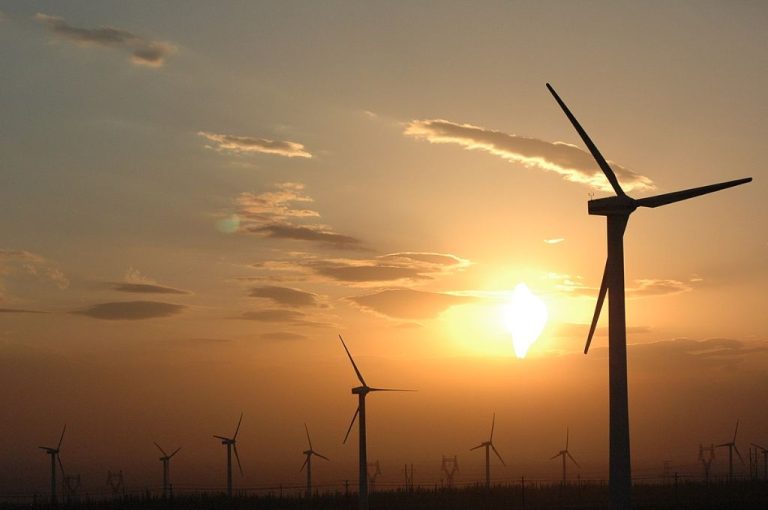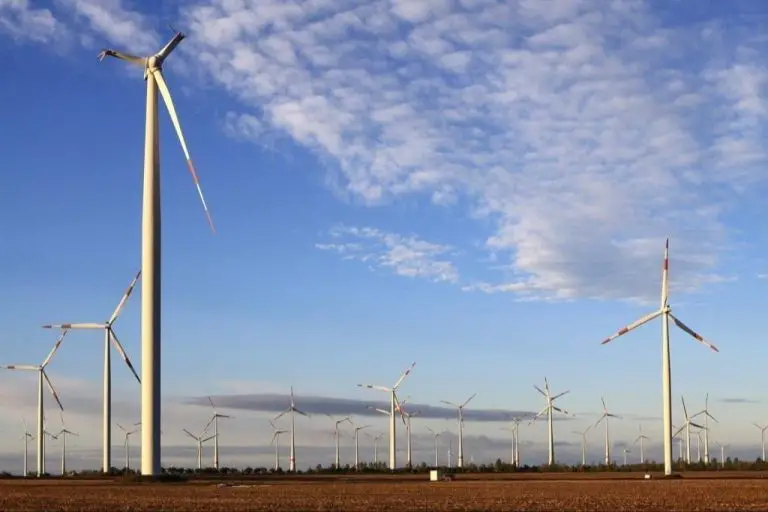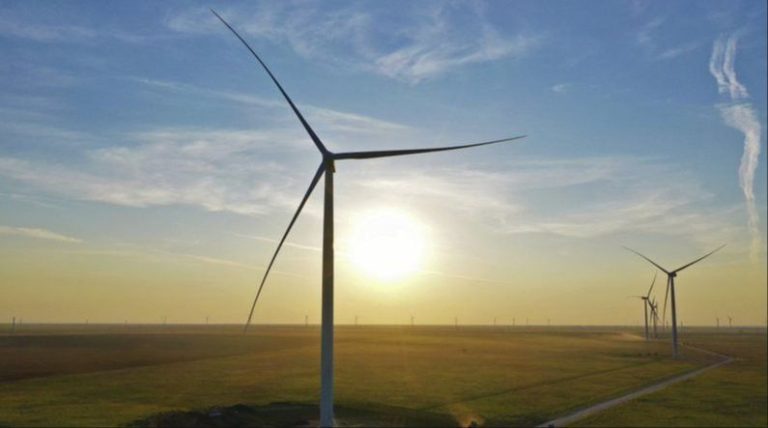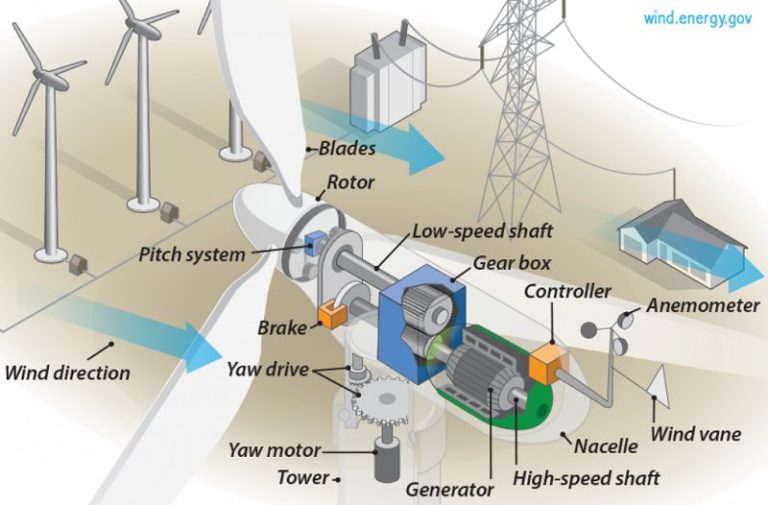What Qualifications And Skills Do You Need To Be A Wind Turbine Technician?
Wind turbines are large machines that generate electricity from wind energy. The wind causes the turbine’s blades to rotate, which turns an internal shaft that is connected to a generator to produce electricity. Wind turbines are an important source of renewable energy.
Wind turbine technicians are responsible for installing, maintaining, and repairing wind turbines. Their job is critical for keeping turbines operational and generating electricity. Technicians conduct routine maintenance and inspect equipment for signs of trouble. When issues arise, they troubleshoot problems and replace worn or malfunctioning components. Safe operation and mechanical expertise are essential skills for wind turbine technicians.
Educational Requirements
Most wind turbine technicians have at least an associate’s degree in wind energy technology. These programs provide a foundation in subjects like turbine technology, hydraulic systems, generator inspection and maintenance, troubleshooting techniques, and safety procedures. Coursework covers both the mechanical aspects as well as the electrical systems and computer controls. Lab work gives hands-on training for working with wind turbines.
Some technician jobs may require more advanced degrees in engineering or specialized certifications. But in general, an associate’s degree from an accredited wind energy technology program is sufficient educational preparation for entering the field as a technician.
Mechanical Skills
Wind turbine technicians need to have strong mechanical skills and extensive knowledge of the various mechanical components involved in wind turbines. Some of the key mechanical skills and knowledge required include:
- Equipment assembly – Technicians must be able to understand mechanical drawings and schematics to properly assemble the equipment, gears, rotors, and other components of wind turbines.
- Gear systems – An in-depth understanding of gear systems is crucial, as wind turbine drivetrains utilize complex gearboxes to convert the rotational motion into electricity. Technicians must be able to maintain and troubleshoot gearboxes and associated lubrication systems.
- Hydraulics – Knowledge of hydraulic systems is essential as wind turbines utilize hydraulics for braking systems, yaw drives, and pitch control mechanisms. Technicians must be able to service hydraulic pumps, actuators, reservoirs, and hoses.
By mastering these mechanical skills and knowledge areas, wind turbine technicians can ensure optimal equipment performance and minimize downtime.
Electrical Skills
Wind turbines utilize complex electrical systems to convert mechanical energy into usable electricity. As a wind technician, having strong electrical skills is crucial for inspecting, troubleshooting, and repairing turbines.
Some key electrical knowledge areas include:
- Understanding power generation – Wind turbines contain generators and converters that produce electricity. Technicians must understand how this equipment works to maintain and fix issues.
- Control systems – Modern wind turbines use advanced computerized control systems to optimize performance. Technicians need to troubleshoot and program these systems.
- Electronics – Skills in electronics are needed to inspect and repair the various sensors, switches, and other components within turbines.
With the rapid growth of wind power, technicians proficient in electrical systems are in high demand. Hands-on training and certification in industrial electrical work can give candidates an advantage when seeking wind technician roles.
Computer Skills
Wind turbine technicians need to have strong computer skills to monitor and log performance data, as well as troubleshoot control systems. Modern wind turbines are highly computerized, with advanced control systems and sensors that require interfacing with computers. Technicians will use computers to track the turbine’s power output, vibrations, temperature, yaw, pitch, and other parameters. They analyze this performance data regularly to identify any issues and fine-tune the turbine’s operation. When problems arise, technicians use monitoring software and analysis tools to diagnose faults in the control systems. They must be adept at using a variety of computer programs and interfaces to fully monitor, control, and optimize wind turbines.
Proficiency with computerized maintenance management systems is also important. Technicians log all maintenance activities, part replacements, and repairs in an electronic system. Good working knowledge of networks, servers, and computer hardware is also beneficial for maintaining communication between turbines and data centers.
Physical Capabilities
Wind turbine technicians need to have sufficient physical strength and stamina to climb wind turbines, which can be over 300 feet tall. Technicians must be able to climb up and down turbines while wearing harness safety gear and carrying tools. The ability to work at great heights is essential.
In addition to climbing, technicians also need to lift and maneuver heavy equipment and parts during turbine maintenance and repair work. This requires physical strength, especially in the arms, shoulders, and back. Technicians must be able to lift up to 50 pounds while working on turbines.
Troubleshooting Skills
Wind turbine technicians need strong troubleshooting skills to identify and resolve equipment malfunctions. When issues arise, technicians must use critical thinking to methodically diagnose problems. They test components, check connections, monitor performance data, and verify proper operations to pinpoint the root cause. Technicians rely on technical manuals, schematics, and expertise to troubleshoot effectively.
Once the underlying problem is found, wind techs determine the best course of action to fix it. They use repair manuals and product knowledge to make necessary adjustments or replace defective parts. Technicians must have the hands-on skills to disassemble equipment, swap out components, and reassemble turbines. They follow safety protocols and document all repairs. Strong troubleshooting skills allow wind techs to get turbines back up and running efficiently.
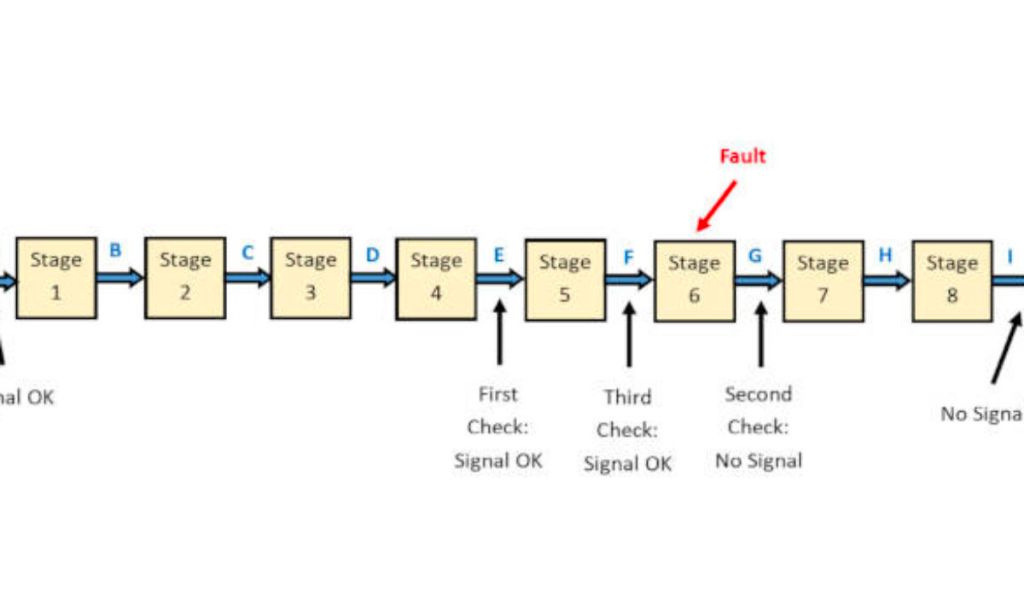
Certifications
There are certain certifications that can demonstrate your competency and skills as a wind turbine technician. Obtaining relevant certifications can make you a more competitive candidate for jobs.
One of the most recognized certifications is from the National Center for Construction Education and Research (NCCER). NCCER provides training and assessments for various construction trades. Completing NCCER certification courses in Wind Turbine Maintenance can validate your skills in areas like turbine electrical systems, turbine mechanical systems, and more.
Some other notable certifications that may be desired by employers include:
- Certified Wind Turbine Technician (CWTT) from the Electronics Technicians Association
- Siemens Level 1, 2, or 3 Technician Certification
- GE Wind Energy Technician Certification
Earning these types of certifications demonstrates you have received training on specific wind turbine equipment and have knowledge of proper maintenance and repair procedures. Many wind turbine technician roles require candidates to already have 1 or more relevant certifications.
Safety Training
To work on wind turbines, technicians must complete extensive safety training to learn proper techniques for climbing towers hundreds of feet tall. Safety training teaches crucial skills like:
-
Proper use of fall protection equipment – Harnesses, lanyards, and fall arrest systems are essential for safely ascending and working on turbines.
-
Climbing techniques – Technicians must learn proper climbing methods using ladders, lifts, and internal tower components. Proper climbing maximizes safety and efficiency.
-
Securing methods – Technicians are trained in locking off and securing at different heights to prevent falls while working.
-
Harnessing – Safety harnesses must be properly fitted and worn at all times when climbing or working aloft.
-
Emergency training – Technicians learn self-rescue techniques and how to safely descend if injured at height.
Mastering these safety skills helps prevent accidents and fatalities from falls, which are a significant risk working at such extreme heights.
Job Outlook
The job outlook for wind turbine technicians is very strong due to increasing demand for renewable energy sources. According to the U.S. Bureau of Labor Statistics, employment of wind turbine service technicians is projected to grow 68 percent from 2020 to 2030, which is much faster than the average for all occupations. This rapid job growth is driven by greater investment and expansion in wind power generation as countries, states, and businesses seek cleaner energy solutions. As more wind turbines are installed, there will be an increased need for qualified technicians to install, maintain, and repair them. Those with prior experience in generalized mechanical or electrical skills, as well as formal training and certifications specific to wind energy, are expected to have the best job prospects in this growing field.

